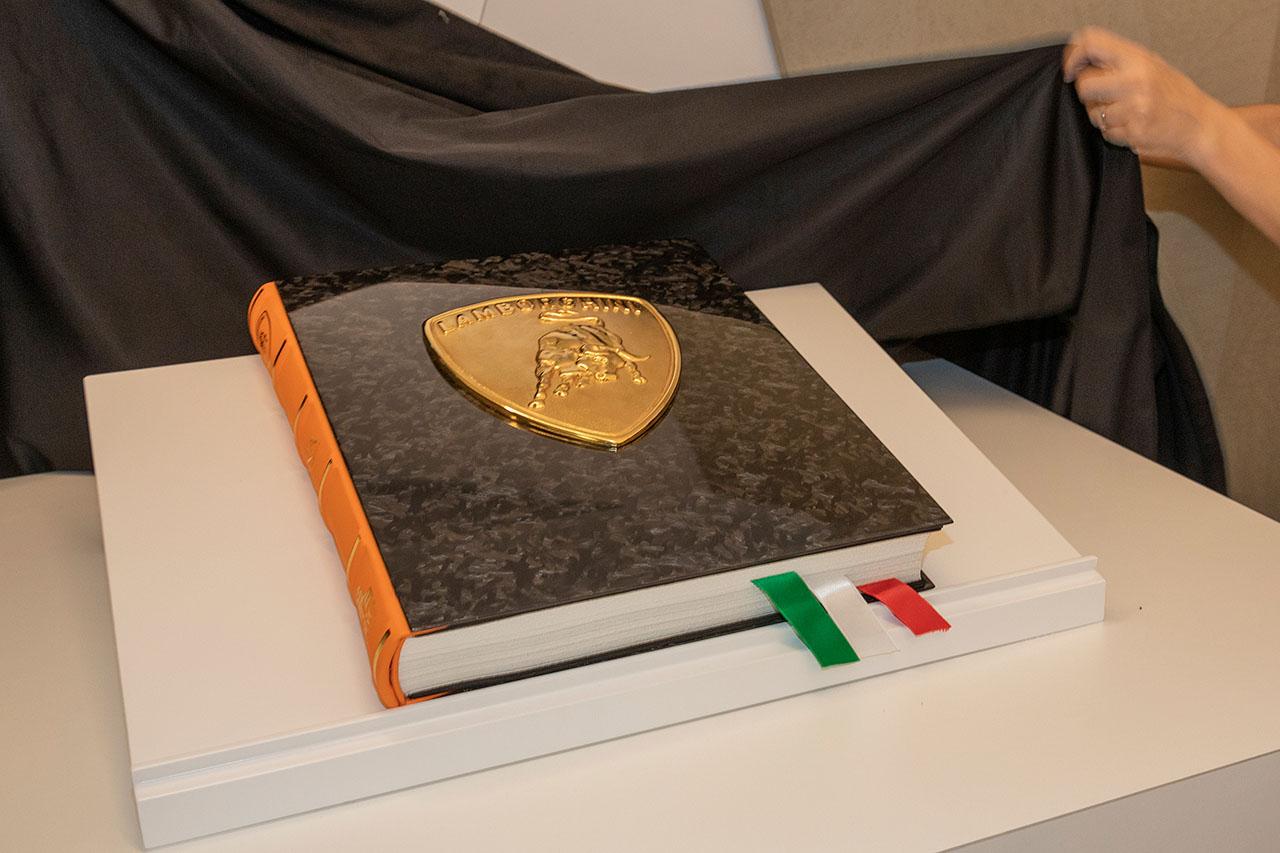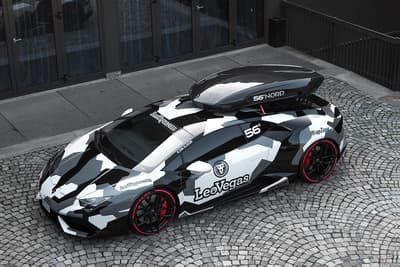Lamborghini: A name that resonates within the hearts of luxury sports car enthusiasts worldwide. Established in 1963, the brand’s tryst with stunning design, exhilarating performance, and revolutionary technology has consistently placed it in a league of its own. Today, Lamborghini’s footprint spans continents, reflecting its significant global impact and relevance.
Founding and Early Ownership
Before venturing into the world of luxury sports cars, Ferruccio Lamborghini, the founder of this iconic brand, had already tasted success with his tractor-manufacturing business, Lamborghini Trattori. This success allowed Ferruccio to gather the resources required to build a luxury sports car brand, driven by his ambition to create the ultimate grand touring car. This aspiration emerged from his dissatisfaction with other luxury vehicles available during his time, notably from a renowned competitor, Ferrari. In his eyes, Ferruccio saw an opportunity to build something superior – a high-performance car that could offer power, refined comfort, and luxury.
Lamborghini was established in 1963 in Sant’Agata Bolognese, Italy. Ferruccio brought in a team of skilled engineers and designers, some of whom had impressive stints at Ferrari, to actualize his vision. His approach to crafting automobiles was unique, placing equal emphasis on design, performance, and luxury – a significant departure from the more track-focused offerings of his competitors.
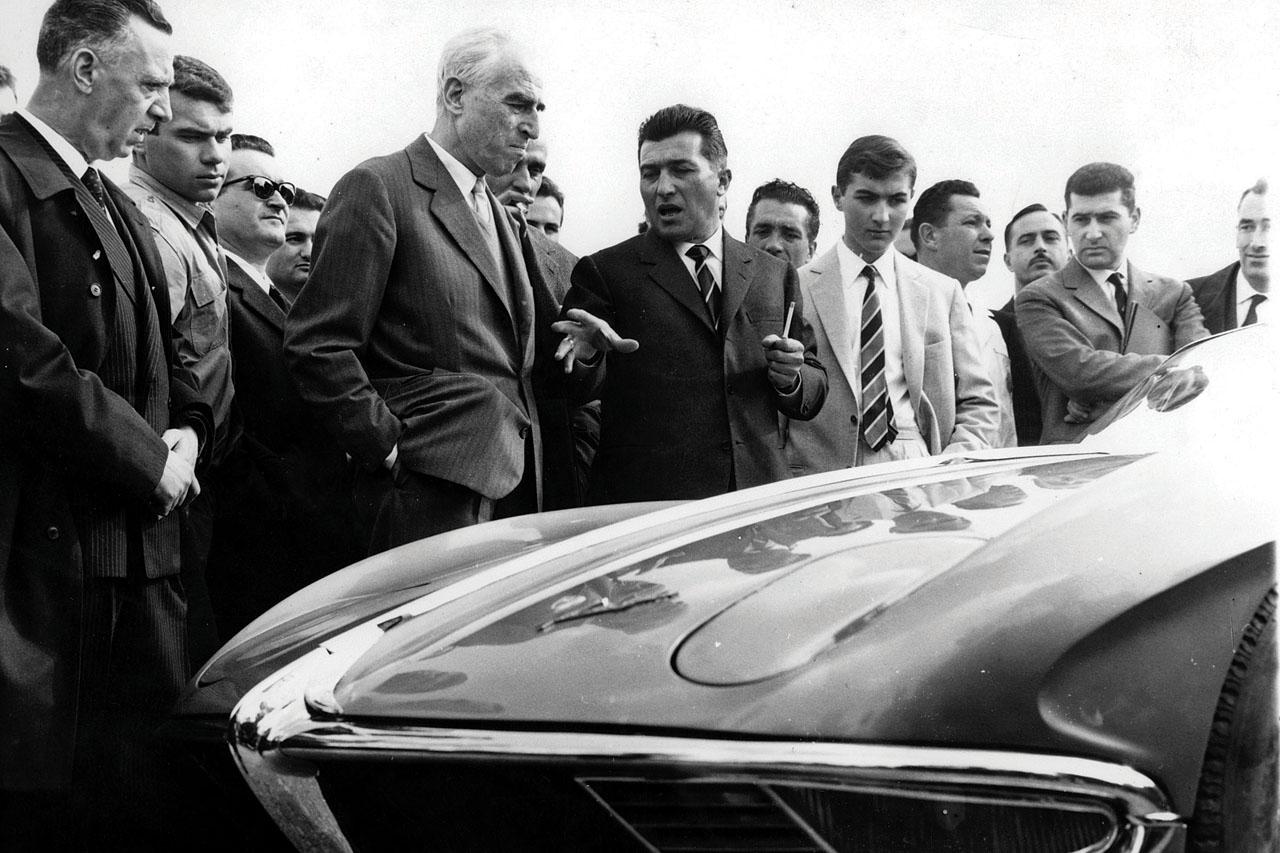
This philosophy manifested splendidly in Lamborghini’s early models like the 350 GT and the 400 GT, which superbly embodied Ferruccio’s vision. However, it was the introduction of the Lamborghini Miura and Espada that truly solidified Lamborghini’s reputation in the automotive industry. The Miura, with its striking design and revolutionary mid-engine layout, made an indelible impact. Similarly, the Espada offered power, elegance, and comfort, proving that a performance car could also be a practical grand tourer.
Following Ferruccio’s retirement in 1974, the torch was passed to businessmen George-Henri Rossetti and Rene Leimer. Ferruccio Lamborghini sold his remaining shares to his Swiss associates in a move to preserve his other business ventures. This marked the end of an era – the brand had come a long way from its initial days under Ferruccio’s astute guidance. Yet, his ethos – a blend of speed, power, and luxury – was deeply embedded in Lamborghini’s DNA, shaping its future direction.
Ownership Changes and Challenges
In the late 1970s, Lamborghini began facing a series of financial difficulties. A global economic downturn and the 1973 oil crisis significantly affected the luxury automotive industry. Lamborghini, with its high-performance, fuel-intensive models, was particularly hard hit. Despite introducing newer models like the Silhouette and the Jalpa, the company struggled to maintain sales and was eventually declared bankrupt in 1978.
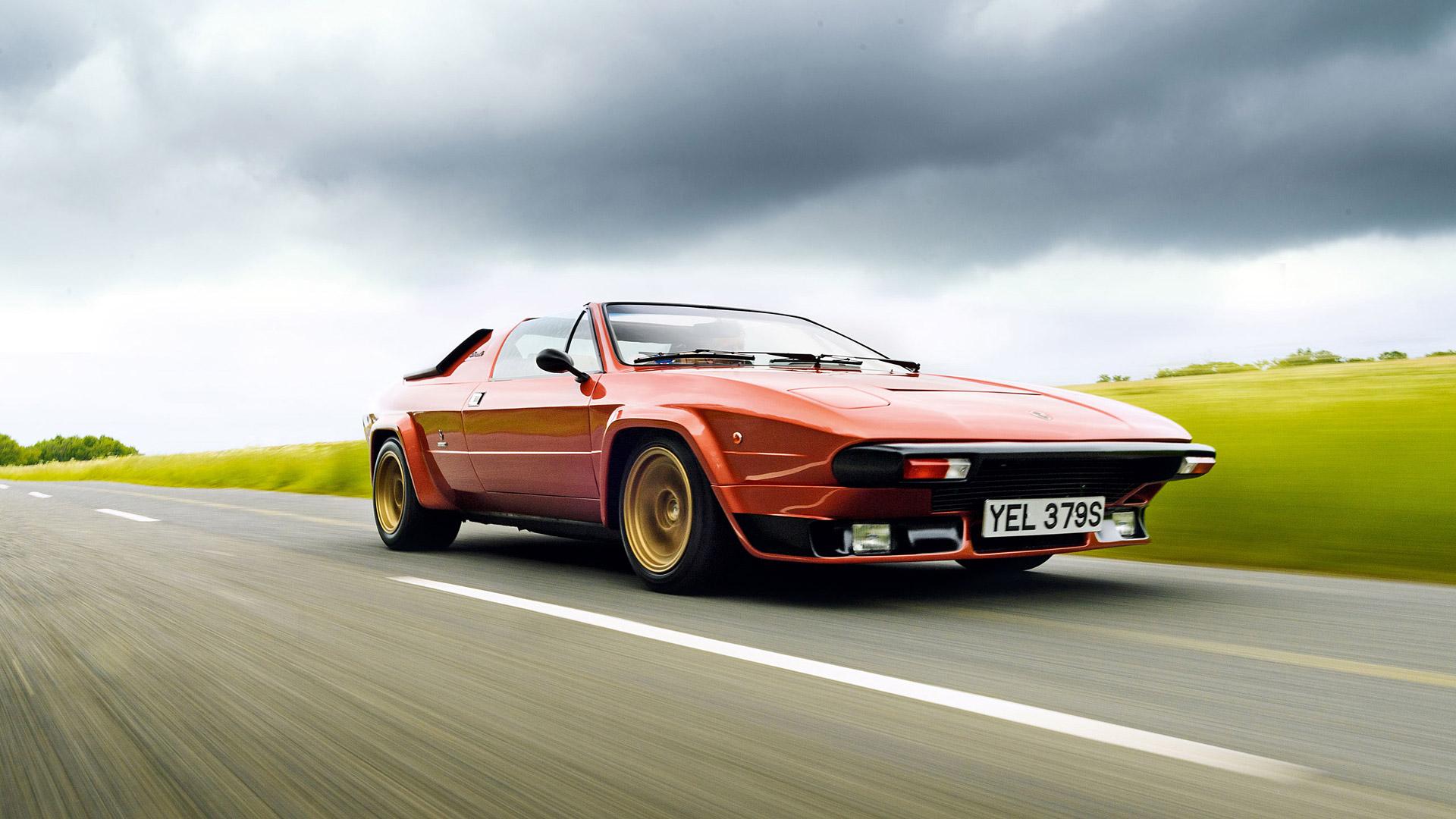
During this challenging period, the Mimran brothers, Jean-Claude and Patrick, took over the management of Lamborghini and provided financial backing. After effectively running the company during its bankruptcy phase, the Swiss entrepreneurs officially bought Lamborghini in 1984. Under their guidance, Lamborghini managed to restore some stability, but the brand was still a far cry from the glory days under Ferruccio.
The mid-1980s saw another significant change in Lamborghini’s ownership. In 1987, American automotive giant Chrysler saw potential in the struggling Italian marque and decided to acquire it. Chrysler’s influence resulted in a renewed focus on design and performance, most notably exemplified by the introduction of the Lamborghini Diablo. The Diablo, boasting a top speed of 202 mph, was a beast in terms of performance and design. It was 40% faster than its predecessor, the Countach, and helped rekindle public interest in Lamborghini.
However, Chrysler’s period of ownership could have been more active. Despite initial efforts to restore Lamborghini’s prestige, they needed help to navigate the company toward sustained profitability. The early 1990s were a global economic recession, and the luxury car market was hit especially hard. Chrysler, facing its own financial troubles, sold Lamborghini in 1994 to an Asian consortium comprising Mycom Setdco, led by Indonesian businessman Tommy Suharto, and V’Power Corporation.
This period marked one of the most tumultuous times in Lamborghini’s history, a period of rapid ownership changes, financial instability, and considerable uncertainty. Despite these challenges, the brand managed to survive, continuing to create groundbreaking vehicles that kept the spirit of Lamborghini alive.
Current Ownership
By 1998, after enduring a whirlwind of financial turbulence and changes in ownership, Lamborghini was on the brink of another significant transition. This time, the buyer was Audi, a well-established German automaker known for its technologically advanced and elegantly designed vehicles. Audi, a subsidiary of the Volkswagen Group, one of the world’s largest automotive conglomerates, saw immense potential in Lamborghini’s brand power and high-performance DNA. This acquisition meant that the Volkswagen Group indirectly owned Lamborghini.
Audi’s acquisition marked a crucial turning point for Lamborghini. After years of instability and uncertainty, the brand was now part of a well-resourced automotive group with a deep understanding of car manufacturing and a firm foothold in the global market. Volkswagen’s portfolio, which already included other high-performance brands like Porsche and Bugatti, was bolstered by the addition of Lamborghini. This acquisition diversified the Group’s luxury segment, adding an Italian marque known for its radical designs and extreme performance.
Volkswagen’s global reach and deep pockets also promised much-needed stability and the opportunity for rejuvenation for Lamborghini. An initial investment of around €80 million went towards enhancing production facilities, updating technologies, and developing new models. The transition also provided the means to address the brand’s historical reliability issues, something Audi, with its reputation for excellent build quality and technological prowess, was well-positioned to do.
Under the aegis of Audi and the Volkswagen Group, Lamborghini entered the 21st century with renewed energy and a clear strategic direction. This marked the beginning of a new era of growth and innovation for the brand, which saw it reclaiming its spot as a top-tier luxury sports car manufacturer in the global arena.
Lamborghini Under Volkswagen Group’s Ownership
Since its integration into the Volkswagen Group, Lamborghini has experienced a remarkable transformation. Under the firm and strategic stewardship of the Group, Lamborghini has not only navigated the choppy waters of the global economic landscape but also risen to reclaim its place as one of the world’s leading luxury sports car manufacturers.
With its deep commitment to technological innovation and design excellence, the VW Group has provided the perfect environment for Lamborghini to grow and evolve. At the heart of Lamborghini’s operation, even today, lies the founder Ferruccio Lamborghini’s vision – creating vehicles that perfectly blend design, performance, and luxury.
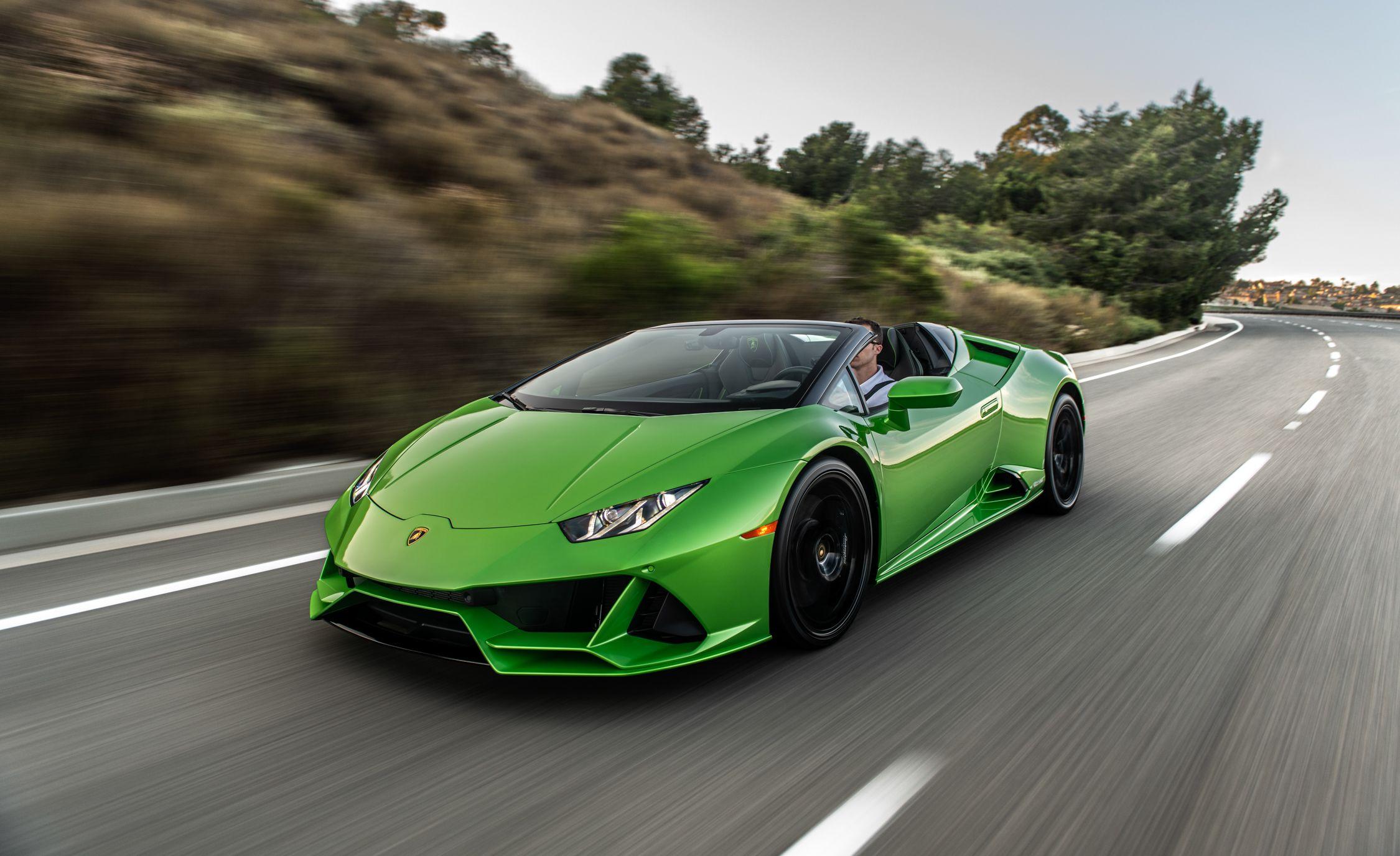
A perfect manifestation of this evolution under Volkswagen’s ownership is the Lamborghini Huracán Evo. Powered by a 5.2-liter V10 engine, the Evo outperforms the previous generation Huracán by 29 horsepower, highlighting the brand’s unyielding pursuit of performance. The Huracán Evo isn’t just about raw power. It’s also a testament to the strides Lamborghini has made in integrating advanced technology into their vehicles, a pursuit greatly supported by the technical expertise and resources of the Volkswagen Group.
Moreover, under VW’s ownership, Lamborghini expanded its lineup to include the Urus SUV, which stands as an outlier in the brand’s traditionally sports car-centric offerings. The Urus, with its blend of practicality and performance, has helped Lamborghini reach a broader customer base and significantly boost sales. This diversification has played a crucial role in the brand’s recent success, demonstrating the value of flexible strategy under the stewardship of the VW Group.
Lamborghini has also embraced the future of mobility, unveiling the Sian FKP 37, the brand’s first hybrid car. This innovation aligns with the broader industry trend towards sustainable mobility, reflecting Lamborghini’s commitment to blending its high-performance heritage with modern sustainability demands.
Conclusion
Tracing the ownership history of Lamborghini is akin to following a captivating narrative filled with ambition, struggle, and eventual triumph. Today, under the ownership of the Volkswagen Group, Lamborghini continues to set benchmarks in the realm of high-performance luxury cars.
In an industry rife with competition, Lamborghini has not only survived but thrived, constantly pushing the boundaries of innovation and design. Its standing as a revered symbol of automotive excellence continues, a testament to its enduring legacy. As we look to the future, there’s no doubt that Lamborghini will continue to enthrall enthusiasts with its blend of radical design, exhilarating performance, and luxury.

